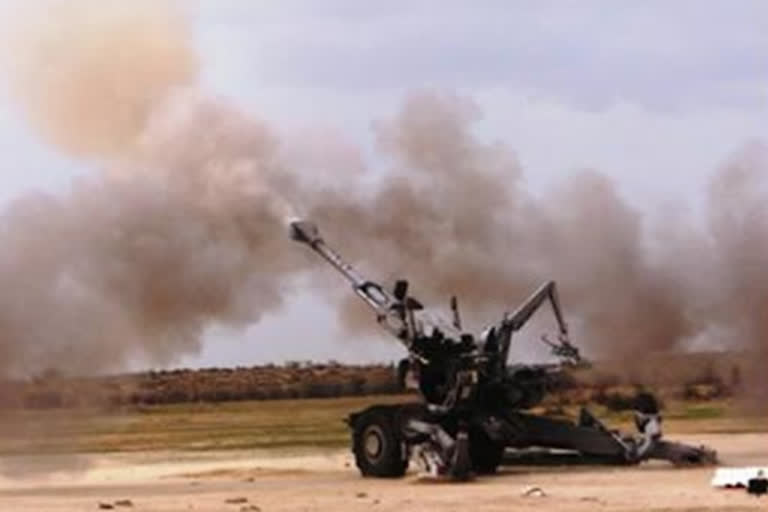New Delhi: Quietly and in professional soldier-like style, the Indian Army's Artillery has scripted a stunning success story which has deep implications for India's move to qualitatively improve and indigenize the manufacturing of big guns, possibly doing away with the need for imports of howitzers.
"From just using the guns in the past, the Artillery has become stakeholders in the manufacturing of the 'Dhanush' and the 'Advanced Towed Artillery Gun System' (ATAGS). It is an unprecedented step where the end-user is also the product-maker. The Army has set up a successful weapons development model which has deep implications for the 'Make in India' project," an official familiar with the development told ETV Bharat.
"The Artillery had set up its own weapons development team under a Brigadier-rank officer and stationed it at the Gun Carriage Factory (GCF) in Jabalpur to work together to produce the 'Dhanush'. Because of its success, another similar model had been set up for ATAGS in collaboration with Defence Research and Development Organisation (DRDO). One tenure of the Army's ATAGS team is already over."
The 'Dhanush' — also called 'Desi Bofors' and the ATAGS projects have overwhelmingly dominant indigenous components and technology.
Read:Ladakh conflict may escalate, India scouts for weapons, military equipment
The move enhances the participatory role of the end-user which is the Arty in this case, besides imparting a sense of ownership in the product. This is unlike in the past when the Army was brought in only at the trials stage to try and test the weapon.
